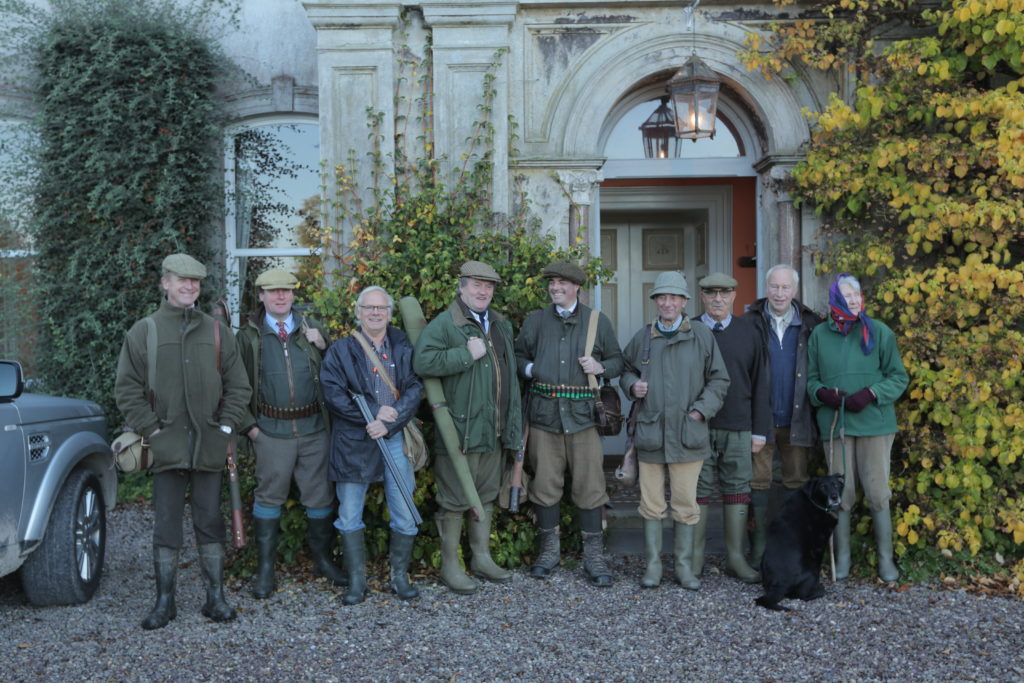Last week we went to Ballyvolane House in East Cork. We were visiting to film a story about Gin made from Cow’s-milk whey in the barn of an old country house, and while we were there, they were to do their first bird shoot of the year. Justin Green was our host for the gin and the duck/partridge drive.
Filming the shoot presented a question about what kind of stories we tell in our series and where “sustainable” begins and ends. I’ve always considered our show to be less about the answer, and more about presenting different points of view, and so I was curious to hear the point of view on the ethics of shooting birds for food (and sport).
If you aren’t familiar, there is a tradition in Ireland and the UK of raising birds so that they can be hunted in the fall. In its best scenario, it is like a free range farm in the woods and fields, where birds are semi-wild — meaning they can come and go as they please, but by providing them with food, they tend to come back. Instead of being gathered and slaughtered like in a farm setting, the birds are driven from their hiding and directed to fly over a group of shooters. You may have seen something like it in Dowton Abbey. It is quite an affair, where everyone is dressed up in traditional hunting gear, beautiful pure bred dogs and their trainers are standing by, and everyone breaks for sloe gin and charcuterie in between shoots. Lots of people hate it. There have been cases where game keepers have poisoned predators to keep the number of birds high. Other stories abound where drunk bankers go out for a laugh just to shoots some birds with no intention of eating them. Sometimes birds are shot and lost in the woods (although those dogs are there exactly for the purpose of avoiding that scenario).
Given all this, I wanted to see it from the perspective of someone who was “doing it right”. And I was impressed by Justin Green’s take. He couldn’t justify the killing, as he understood that part of the shoot was tradition, fun and camaraderie and that the life of these birds was the price for that enjoyment. With a heavy heart, he is trying to do his best for the the birds and that has to do with conservation. Of 1,000 young birds released into the woods, they only end up shooting about 400 of them (if that). So, each year they are adding to the population of “wild” birds. This also allows them to preserve their land so that isn’t farmed — providing cover crops for the game as well as other wild species. Finally, they are raising a very healthy food that has a great life. Unlike chickens stuffed into tiny cages, these birds live their lives in the trees and fields of Cork. When the birds are eventually shot, Ballyvolane house serves the meat to their guests at their bed and breakfast and at all the hunts. Every bird shot will be eaten.
I named this blog hunting with Mirra, because I was intending to share how difficult this was for her to film (a duck fell from the sky and landed with a thump right at her feet), but instead I got lost in explaining why it might be ok for us to make a film out of this story. Just as Justin needed to justify shooting birds, I need to justify shooting this. I’m sure many people will be upset with the film when it comes out in a couple months, but as with most issues of animals and their deaths, I think it is important not to go black and white, but to try listen for a second and look to those who are providing a good example instead of just saying “No”.





